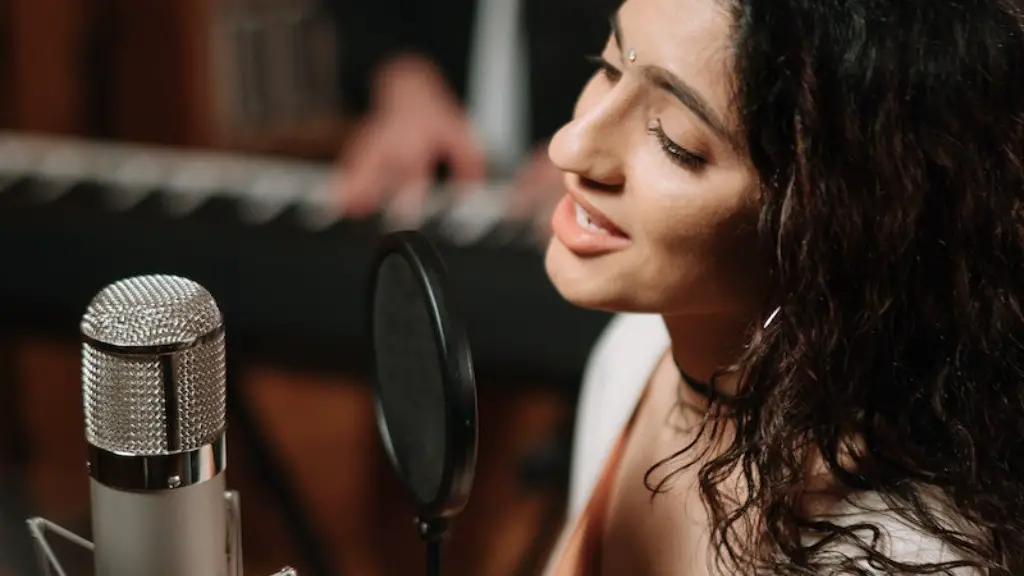Welcome to Leaf Drawing 101
Ready to draw a marijuana leaf? Once you learn a few basic techniques, you’ll soon be creating stunning works of art! To get started, you’ll need a pencil, paper, and an image of the leaf you wish to replicate. Here we go!
The Basics of Drawing a Marijuana Leaf
Once you have your materials ready, the next step is to become acquainted with the leaf’s structure. Look closely at the picture of the leaf — notice its unique shape, texture, and color. Familiarize yourself with the way the veins run underneath the surface. You’ll want to capture all of these in your drawing.
Start by lightly sketching out the shape. Don’t be afraid to make mistakes. You’ll want to focus on getting the proportions of the leaf just right. More on that in the upcoming section.
Now that you have the general shape down, work on adding the finer details. This is where those veins come into play. Use quick and light strokes to create the lines of the veins. Don’t press too hard or your pencil will rip through the paper and create too-thick lines.
Don’t forget to add little bits of texture, such as individual bumps or swirls that exist on the surface of the leaf. This will provide a more realistic look to your artwork.
Capturing the Proportions of the Leaf
Before diving right in, spend some time studying the picture. Notice how the left and right side of the leaf are not exactly the same size, and try to re-create those same proportions in your drawing. This is key in getting a realistic look, so take your time.
A good way to measure the proportions of the leaf is by using a ruler or straightedge. You can draw a light line along the ruler and match the shape of the leaf as closely as possible. Small discrepancies can add charm to your artwork, so try to re-create the same imperfections you see in the image.
Once you have the basic shape, slowly “build” the leaf one line at a time. Start at the center and work your way out. If you don’t like how a certain area looks, erase it and start again. You’re the master of your own leaf drawing.
Adding Color to Your Leaf
Now that your drawing is almost finished, it’s time to add some color. You can use watercolors, oil paints, colored pencils, or a combination of the three. The choice is yours!
To ensure a realistic look, use a color wheel as a reference. Study the picture of the leaf, and see where some of the different shades of green are located. Replicate them in your painting.
Start with a light base and work your way up to the darker shades. Finish off your masterpiece with a few silver and gold accents, and you’re ready to show off your marijuana leaf to the world!
Secrets to Perfectly Capturing a Cannabis Leaf
Be patient while painting a cannabis leaf. Take it slow and use small strokes. Adding a great level of detail will bring your artwork to life. Erasing doesn’t have to be the enemy — if a section isn’t quite right, reach for that eraser to start fresh.
A blending stump is also a great tool for blending certain areas of color together. This can help to create some truly stunning effects on your leaf masterpiece. Just dip it in some solvent and then dab it on certain areas to give that area a smoothness and an extra pop of color.
It’s always easier to draw from a high-quality image. Get creative with where you find an image of a marijuana leaf. You can take one yourself or even try searching close-up images of the leaf online.
Don’t be intimidated if a leaf drawing doesn’t come out perfect the first time around. No one becomes a master overnight — practice makes perfect. Try some other leaves and even dabble in drawing some buds. You may find that drawing cannabis leaves is even more rewarding than you thought!

